Autism Spectrum Disorder and Down Syndrome are two distinct conditions that affect a person’s development and functioning. Though they share some similarities, such as potential challenges with social interaction and communication, their causes, characteristics, and treatments differ significantly. This article aims to provide an in-depth comparison of these two conditions, shedding light on their unique aspects while debunking common misconceptions. We’ll explore the genetic and environmental roots of Autism vs Down Syndrome, their respective symptoms and behaviors, and the therapeutic approaches used to optimize the quality of life for those living with these conditions. Whether you’re a parent, caregiver, educator, or simply someone seeking to understand more about these disorders, this comprehensive guide will offer valuable insights into Autism vs Down Syndrome.
What is Autism?
Autism, also known as Autism Spectrum Disorder (ASD), is a neurodevelopmental condition that can impact an individual’s language abilities, social interaction, and behavior. The traits of ASD can vary widely, leading to significant differences between individuals. As the term “spectrum” implies, autism manifests across a range of behaviors and severity levels.
Presently, approximately 1 in 44 children are diagnosed with ASD, highlighting the prevalence and importance of understanding this condition in today’s society.
Diagnosis of autism requires assessment by a medical professional who observes the child’s behavior and developmental history. Typically, signs of ASD can be recognized in children as young as 2 years old, although some individuals may not receive a diagnosis until later in life, even as adults.
Read for More Details: What Is Autism Spectrum Disorder?
Autism Symptoms
As mentioned previously, autism is characterized by a spectrum of symptoms that can vary significantly from one individual to another. Here are some of the additional symptoms commonly associated with autism:
- Limited interest in social interactions
- Challenges with maintaining eye contact or engaging in conversations
- Engaging in repetitive behaviors, such as swaying or hand movements.
- Delayed speech development or difficulties with effective communication
- Trouble interpreting social cues and body language
- Intense focus on specific topics or narrow interests
- Sensory sensitivities, such as discomfort with loud noises or bright lights
It’s essential to understand that not all individuals with autism will exhibit all of these symptoms. Some may only experience a few, while others may display many. Furthermore, the severity of these symptoms can vary widely among individuals.
What is Down Syndrome?
Down Syndrome, also known as trisomy 21, is a genetic disorder caused by the presence of all or part of an additional third copy of chromosome 21. This extra genetic material, which results from an error in cell division known as “nondisjunction,” leads to a total of 47 chromosomes instead of the usual 46.
The condition is characterized by developmental delays and learning disabilities, with a characteristic facial appearance often associated with it. The degree of intellectual disability varies, but most individuals with Down syndrome have mild to moderate intellectual disabilities.
It’s important to note that Down syndrome affects individuals’ ability to learn in different ways, but despite these challenges, children with Down syndrome can certainly learn and make significant progress.
Down syndrome remains the most common chromosomal disorder, with about 6,000 babies born with Down syndrome each year in the United States, equating to approximately 1 in every 700 births.
Though Down Syndrome is usually identified at birth and there isn’t a cure for the condition, early therapeutic interventions can significantly aid those living with it. These interventions can foster the development of essential skills and significantly enhance their life quality.
Down Syndrome Symptoms
The symptoms of Down Syndrome can vary widely among individuals, but some common characteristics include:
1. Physical Features:
- Flat facial profile with a small nose
- Almond-shaped eyes with an upward slant
- Small or abnormally shaped ears
- Short neck
- Protruding tongue
- Decreased muscle tone (hypotonia)
- Short stature
2. Intellectual and Developmental Delays:
- Mild to moderate intellectual disability
- Delayed speech and language development
- Difficulty with fine and gross motor skills
- Challenges with self-care skills like dressing and feeding
3. Health Issues:
- Congenital heart defects (common)
- Experiencing hearing issues, encompassing conductive and sensorineural hearing loss
- Vision issues, such as cataracts or crossed eyes
- Gastrointestinal issues, like gastrointestinal blockages or reflux
- Increased susceptibility to respiratory infections
4. Behavioral and Emotional Traits:
- Social and emotional challenges
- Higher likelihood of attention-deficit/hyperactivity disorder (ADHD)
- Affectionate and friendly demeanor
- Varied emotional expression
It’s important to note that the severity of these symptoms can vary widely, and individuals with Down Syndrome can lead fulfilling lives with appropriate support, education, and healthcare. Early intervention programs, educational support, and medical care can significantly improve the quality of life for individuals with Down Syndrome. Each person with Down Syndrome is unique, and the focus should be on their strengths and abilities rather than solely on the challenges associated with the condition.
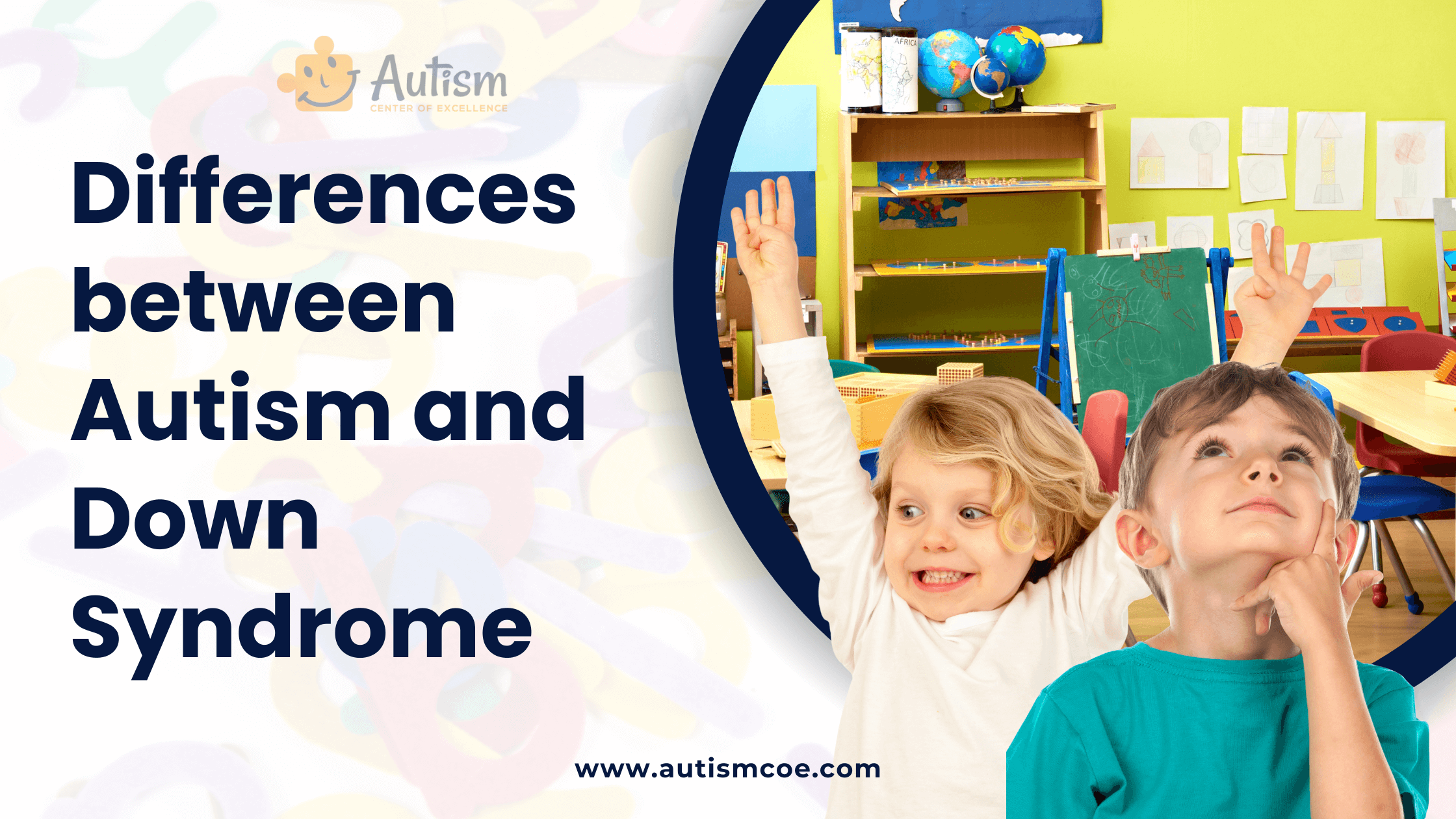
Differences Between Autism and Down Syndrome
Autism and Down Syndrome are distinct conditions, each with its own set of characteristics and challenges. Here are some key differences between the two:
🟦 Etiology and Genetic Basis:
- Autism: Autism Spectrum Disorder (ASD) is primarily considered a neurodevelopmental condition with a complex, multifactorial etiology. It is not linked to a specific genetic anomaly but is believed to involve a combination of genetic and environmental factors.
- Down Syndrome: Down Syndrome is a chromosomal condition caused by the presence of an extra copy of chromosome 21. It results from a specific genetic abnormality, specifically trisomy 21, where individuals have three copies of chromosome 21 instead of the usual two.
🟦 Physical Characteristics:
- Autism: Autism is not associated with specific physical features. Individuals with autism can have a wide range of appearances without distinctive physical characteristics.
- Down Syndrome: Down Syndrome is often characterized by specific physical features, including a flat facial profile, almond-shaped eyes, and a protruding tongue. These physical traits are a result of the extra genetic material from chromosome 21.
🟦 Intellectual and Cognitive Abilities:
- Autism: Intellectual abilities in autism vary widely, ranging from intellectual disability to average or above-average intelligence. Some individuals with autism may have specific strengths or challenges in cognitive functioning.
- Down Syndrome: Intellectual disability is a common feature of Down Syndrome, typically ranging from mild to moderate. Individuals with Down Syndrome often have specific cognitive profiles with strengths in social skills and challenges in areas such as abstract thinking.
🟦 Communication and Social Interaction:
- Autism: Challenges in social interaction and communication are core features of autism. Individuals with autism may struggle with nonverbal cues, have difficulty developing peer relationships, and exhibit repetitive behaviors.
- Down Syndrome: While social interaction may be affected to some extent, individuals with Down Syndrome often display strong social skills and a desire for social engagement. Communication challenges may include delayed speech and language development.
🟦 Epidemiology:
- Autism: Autism Spectrum Disorder is more prevalent, affecting approximately 1 in 54 children, according to the Centers for Disease Control and Prevention (CDC) in the United States.
- Down Syndrome: Down Syndrome occurs in about 1 in 700 live births, making it less common than autism.
It’s crucial to recognize that each individual is unique, and there can be considerable variability within both autism and Down Syndrome. Additionally, some individuals may have a dual diagnosis of both conditions, further highlighting the complexity of neurodevelopmental disorders. A comprehensive understanding of these differences is essential for providing tailored support and interventions for individuals with autism or Down Syndrome.
Join Our Weekly Newsletters!
Subscribe now to stay updated with our latest email updates.
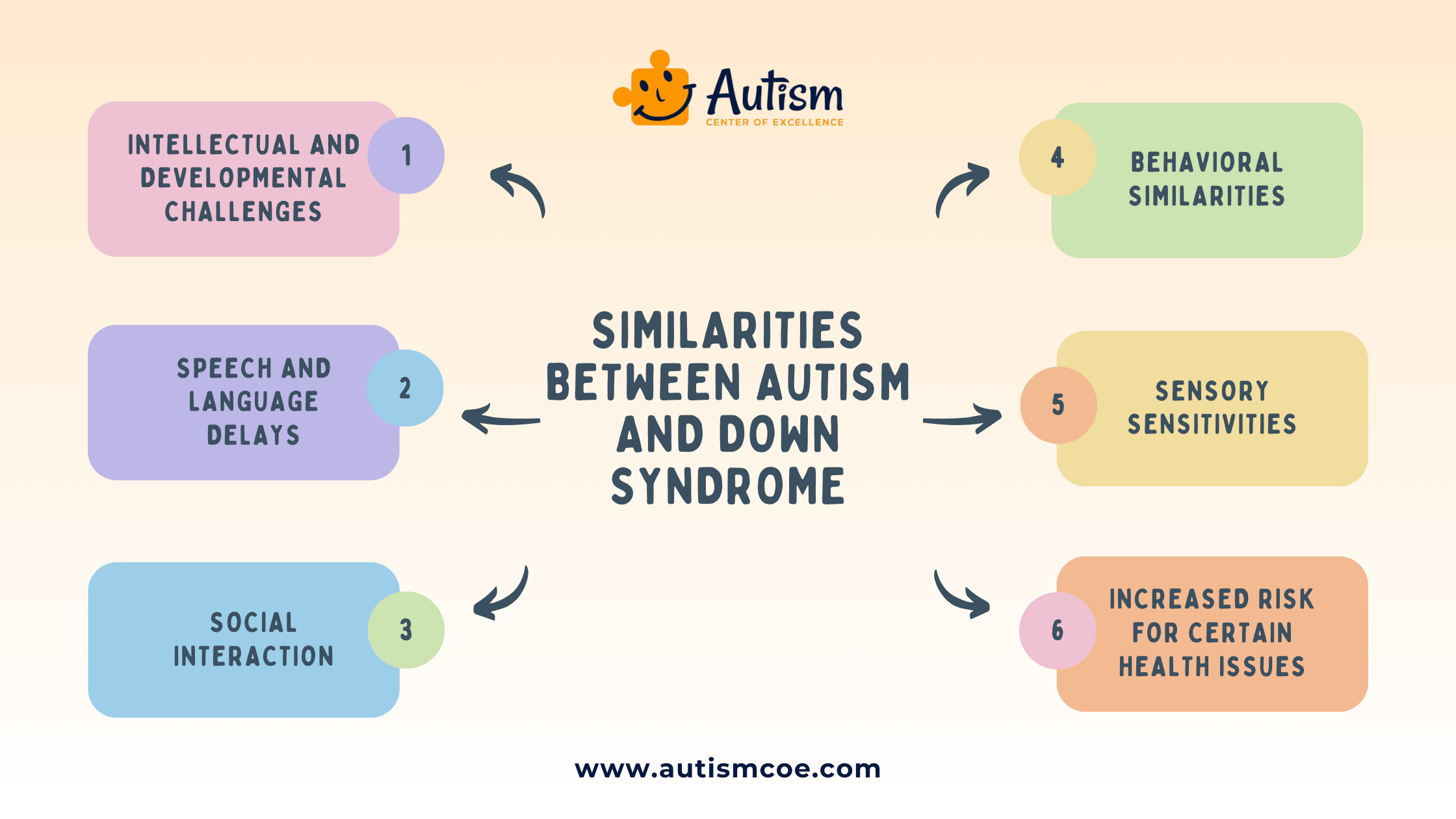
Similarities Between Autism
and Down Syndrome
While Autism vs Down Syndrome are distinct conditions with unique characteristics, there are some overlapping features and similarities, including:
1️⃣ Intellectual and Developmental Challenges:
- Both Autism Spectrum Disorder (ASD) and Down Syndrome are associated with intellectual and developmental challenges. Individuals with either condition may experience delays in cognitive functioning and learning.
2️⃣ Speech and Language Delays:
- Speech and language delays are common features in both Autism and Down Syndrome. Individuals with these conditions may require additional support and interventions to develop communication skills.
3️⃣ Social Interaction:
- Challenges in social interaction are present in both conditions. While the specific nature of social difficulties may vary, individuals with Autism and Down Syndrome may encounter obstacles in forming and maintaining relationships.
4️⃣ Behavioral Similarities:
- Both conditions can involve behavioral challenges, including repetitive behaviors and difficulty adapting to changes in routine. Individuals may exhibit specific interests or engage in repetitive actions.
5️⃣ Sensory Sensitivities:
- Sensory sensitivities are common in both Autism and Down Syndrome. Individuals may have heightened or reduced responses to sensory stimuli, such as light, sound, touch, taste, or smell.
6️⃣ Increased Risk for Certain Health Issues:
- Both Autism and Down Syndrome may be associated with an increased risk of certain health issues. For example, individuals with Down Syndrome may have a higher likelihood of congenital heart defects, while individuals with Autism may have co-occurring conditions like epilepsy.
It’s important to recognize and celebrate the unique strengths and abilities of individuals with Autism vs Down Syndrome. While there are similarities, each condition presents its own set of characteristics, and an individualized approach to support and intervention is crucial for optimizing outcomes. Understanding these commonalities helps create a more inclusive and informed approach to providing care and support for individuals with neurodevelopmental disorders.
Causes of Both Autism and Down Syndrome
The causes of Autism Spectrum Disorder (ASD) and Down Syndrome are distinct, involving different genetic factors and mechanisms.
🟦 Causes of Autism Spectrum Disorder (ASD):
The exact cause of Autism Spectrum Disorder is not fully understood, but research suggests a complex interplay of genetic and environmental factors. Some key considerations include:
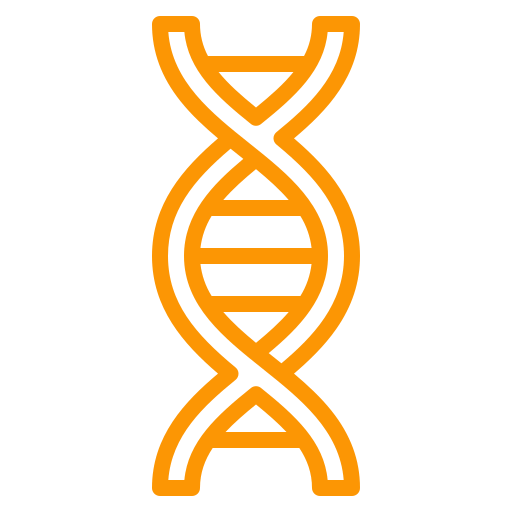
Genetic Factors:
Autism exhibits a significant genetic component, with many cases linked to specific genetic mutations or variations. Individuals with a family history of autism may face an elevated risk of developing the condition.

Genetic Mutations:
Specific genetic mutations, deletions, or duplications of certain genes have been identified in some individuals with autism. However, these genetic factors do not account for all cases.
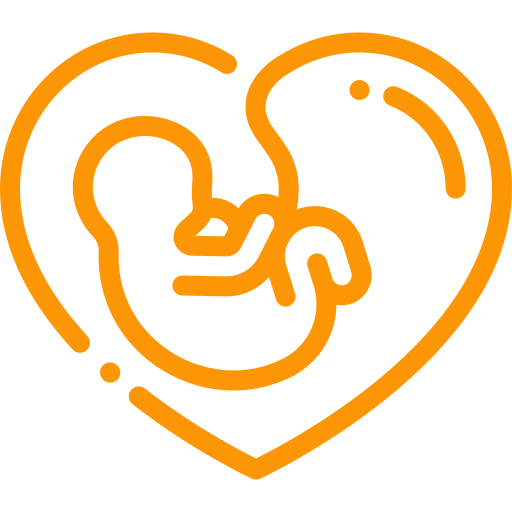
Environmental Factors:
Prenatal and perinatal factors, such as exposure to certain environmental factors during pregnancy or complications during birth, may contribute to the development of autism in some cases. These factors are complex and can vary widely.

Neurological Factors:
Abnormalities in brain structure or function have been observed in individuals with autism. These neurological differences may contribute to the characteristic behaviors and challenges associated with ASD.
Autism, being a spectrum disorder, demonstrates unique manifestations in each individual. The interaction of genetic and environmental factors results in a diverse array of presentations and challenges.
🟦 Causes of Down Syndrome:
The primary cause of Down Syndrome is a cell division error, resulting in an additional copy of chromosome 21. This extra genetic material disturbs typical development, giving rise to the distinctive features associated with Down Syndrome. The main causes include:

Trisomy 21:
Approximately 95% of Down Syndrome cases are caused by trisomy 21, where there is an extra copy of chromosome 21 in every cell of the body. This occurs during the formation of the sperm or egg, leading to the presence of three copies of chromosome 21 instead of the usual two.

Mosaic Down Syndrome:
In about 1-2% of cases, individuals with Down Syndrome may have mosaic Down Syndrome. This occurs when there is an extra copy of chromosome 21 in only some cells, not all. Mosaic Down Syndrome results from errors in cell division after fertilization.

Translocation Down Syndrome:
Translocation Down Syndrome, occurring in a small proportion of cases (approximately 3-4%), is characterized by a rearrangement of genetic material between chromosome 21 and another chromosome. This form of Down Syndrome can be inherited from a parent.
While the causes of Autism vs Down Syndrome differ, both conditions are complex and involve genetic factors. Understanding these underlying causes is essential for advancing research, developing effective interventions, and providing appropriate support for individuals with these neurodevelopmental disorders.
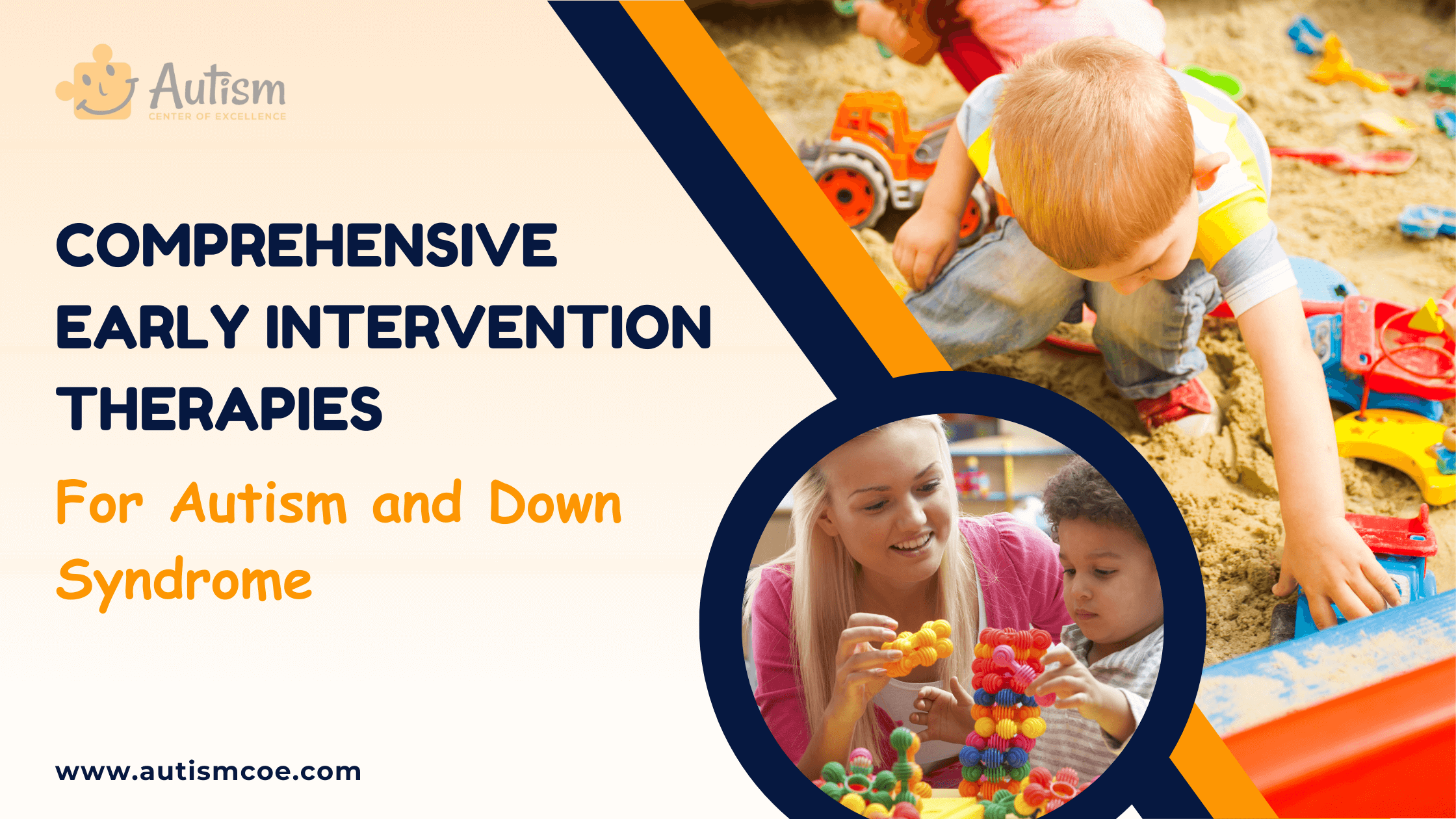
Comprehensive Early Intervention Therapies
for Autism and Down Syndrome
Early intervention plays a crucial role in supporting the development and well-being of individuals with Autism Spectrum Disorder (ASD) and Down Syndrome. Implementing tailored therapies during the early years can significantly improve outcomes and enhance the individual’s overall quality of life. Here are some key early intervention therapies for Autism and Down Syndrome:
➡️ Applied Behavior Analysis (ABA):
ABA therapy is a cornerstone therapy that benefits individuals with both autism and Down Syndrome. It employs systematic strategies to reinforce positive behaviors, reduce challenging behaviors, and promote skill development across various domains.
➡️ Speech-Language Therapy:
The goal of speech therapy is to enhance communication skills, encompassing speech, language, and social communication. It tackles difficulties in verbal and nonverbal communication and pragmatic language skills.
➡️ Occupational Therapy (OT):
Occupational therapy is a versatile intervention applicable to both autism and Down Syndrome. It addresses fine motor skills, sensory processing, and activities of daily living, promoting independence and enhancing overall functional abilities.
➡️ Early Start Denver Model (ESDM):
ESDM, designed for young children, integrates principles from behavioral, developmental, and relationship-based approaches. It is beneficial for early intervention in both autism and Down Syndrome, promoting holistic development.
➡️ Early Childhood Intervention (ECI):
ECI programs offer comprehensive services tailored to the individual needs of children with developmental delays, including those associated with both autism and Down Syndrome. These services encompass speech therapy, physical therapy, and developmental support.
Early intervention programs are most effective when they involve a multidisciplinary approach, addressing various aspects of development. The goal is to provide individualized support that considers the unique strengths and challenges of each child. Regular assessments and adjustments to the intervention plan ensure ongoing progress and success in reaching developmental milestones.
Treatment for Autism and Down Syndrome
While there is no cure for Autism Spectrum Disorder (ASD) or Down Syndrome, various interventions and treatments can significantly improve the quality of life for individuals with these conditions. The goal is to address specific challenges and promote overall well-being. It’s important to note that treatment plans should be tailored to the individual’s needs, considering their strengths, challenges, and preferences.
✅ Treatment for Autism Spectrum Disorder (ASD):
- Behavioral therapies: These can include Applied Behavior Analysis (ABA) to improve learning and behavior issues.
- Speech and occupational therapies: These help improve communication skills and teach practical, everyday skills.
- Social Skills training: This aids in improving social interaction.
- Medication: This isn’t a treatment for autism itself but can help manage co-occurring conditions like ADHD or anxiety.
✅ Treatment for Down Syndrome:
- Early intervention services: These can include physical, occupational, and speech-language therapy to develop motor skills, improve language and social abilities, and manage everyday tasks.
- Special education programs: These aid in intellectual development.
- Vocational training: This helps promote independence and productivity.
Individuals with both Autism Spectrum Disorder and Down Syndrome may benefit from a combination of these interventions. The key is to provide early and ongoing support that addresses the specific needs of each individual, fostering independence, social inclusion, and overall well-being. The involvement of a multidisciplinary team, including educators, therapists, and healthcare professionals, is essential in developing and implementing effective treatment plans.
Frequently Asked Questions & Answer
Can an Individual Have a Dual Diagnosis of Autism and Down Syndrome?
Yes, individuals can have both autism and Down syndrome, known as a dual diagnosis. This co-occurrence may present unique challenges and require tailored interventions.
Is Autism Related to Down Syndrome?
No, autism and Down syndrome are distinct conditions with different causes. However, individuals with Down syndrome can also have a co-occurring diagnosis of autism.
Can You Have Down Syndrome and Look Normal?
Yes, individuals with Down syndrome can have a varied physical appearance, and not everyone exhibits characteristic features. Recognizing and celebrating diversity within the Down syndrome community is important.
What is the IQ of a Down Syndrome Child?
Intellectual abilities vary, but on average, individuals with Down syndrome have mild to moderate intellectual disability. It’s important to note that IQ scores provide a limited measure, and individuals often demonstrate strengths in other areas with appropriate support and intervention.
Conclusion
In conclusion, distinguishing between Autism Spectrum Disorder (ASD) and Down Syndrome is vital for fostering understanding and support for individuals with neurodevelopmental conditions. ASD, with its complex spectrum of social, communicative, and behavioral challenges, has origins rooted in genetic and environmental factors. In contrast, Down Syndrome, characterized by specific physical features and intellectual disabilities, results from chromosomal abnormalities, specifically an extra copy of chromosome 21.
In their respective treatments and interventions, both conditions benefit from early and tailored approaches. Applied Behavior Analysis (ABA), speech therapy, and occupational therapy are pivotal for addressing ASD challenges, while early childhood intervention, speech and physical therapy, and educational support contribute to the well-being of individuals with Down Syndrome. Embracing neurodiversity and advocating for individualized care are essential steps towards creating an inclusive society that values the unique strengths of every individual. It’s noteworthy that the Autism Center of Excellence plays a crucial role in this journey, offering ABA therapy, ABA for Early Intervention, ABA for School Readiness, speech therapy, and occupational therapy to children from 2 to 14 years old in home and center-based environments.
Please Note: The content of this blog is for informational purposes only and should not be considered a substitute for professional medical advice, diagnosis, or treatment. Consult a qualified health care professional for personalized guidance tailored to your specific situation.

Bhavika Bhasin
Bhavika Bhasin is the Research and Marketing officer at AutismCOE. She works with children and adults with ASD. Her clinical research includes evaluating various available autism screening and diagnosis methods and their efficacy. She is currently developing a novel screening exam that is indicated to be more accurate than the existing available exams. She is also writes articles papers for various publications.


